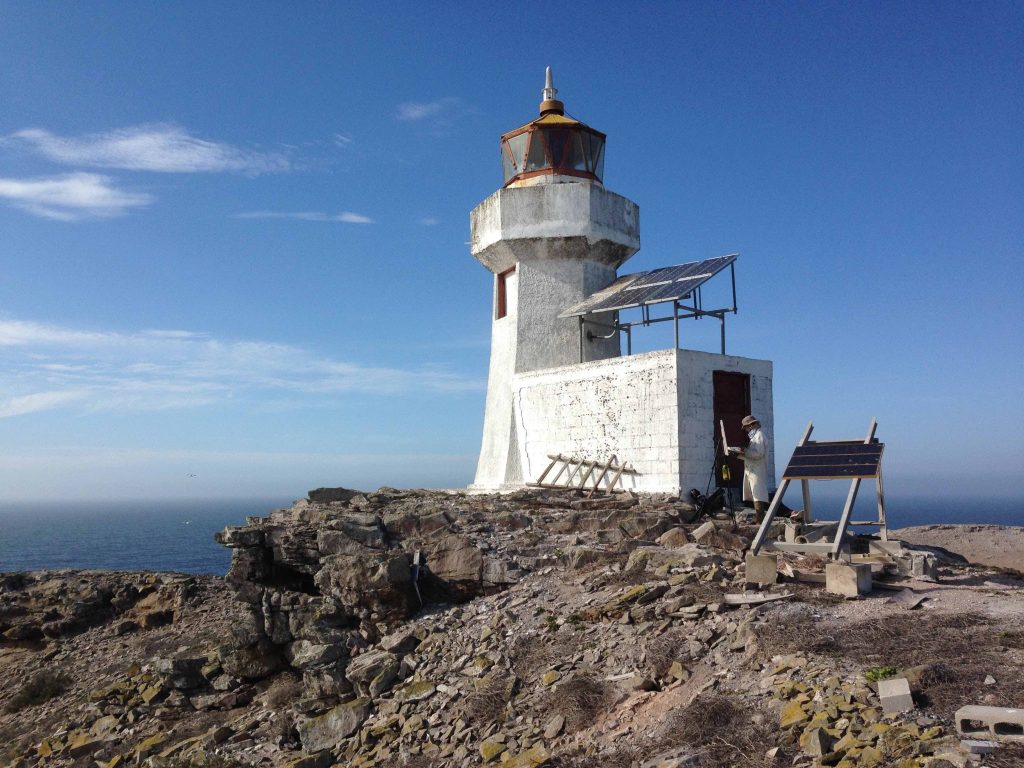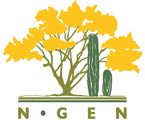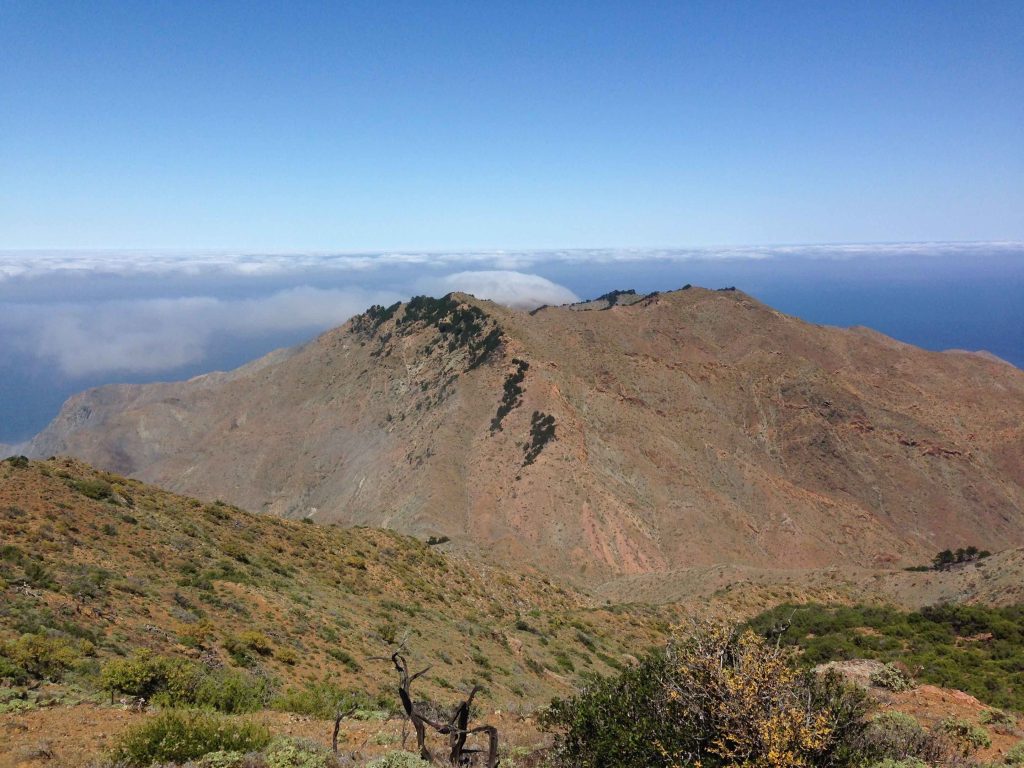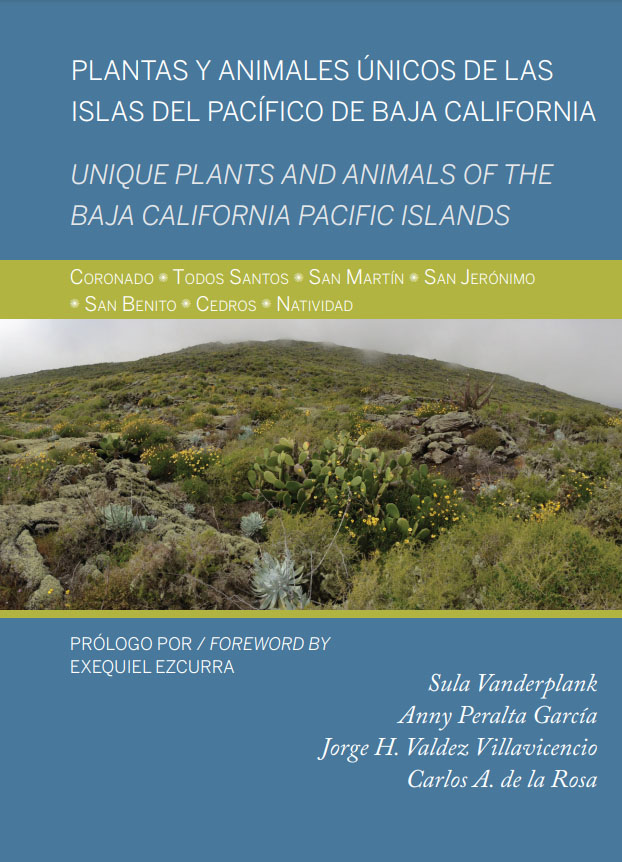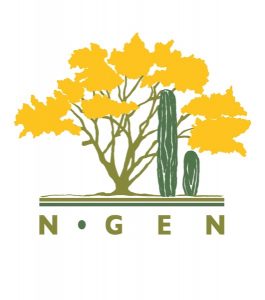Executive Summary
In the spring of 2015, a group of botanists, herpetologists, cultural anthropologists, and naturalists, led by Dr. Sula Vanderplank, departed San Diego Harbor on an expedition to the coastal Pacific islands of Baja California, Mexico. Between March 28th and April 5th, the Shogun and her crew carried the research team to 7 unique islands and island groups, many of which are rarely visited by scientists. Besides soaking in the breathtaking beauty of these wild places, the team updated long neglected species lists, collected specimens of plants and animals, and took copious photographs. Results included discovering new populations of long-lost plants and animals, as well confirmation of the absences of rare species likely now extinct. In addition, new arrivals were documented for various islands, highlighting the fragility and dynamic nature of insular ecosystems. The publication, Unique Plants and Animals of the Baja California Pacific Islands, available free for download here is the product of this expedition.
